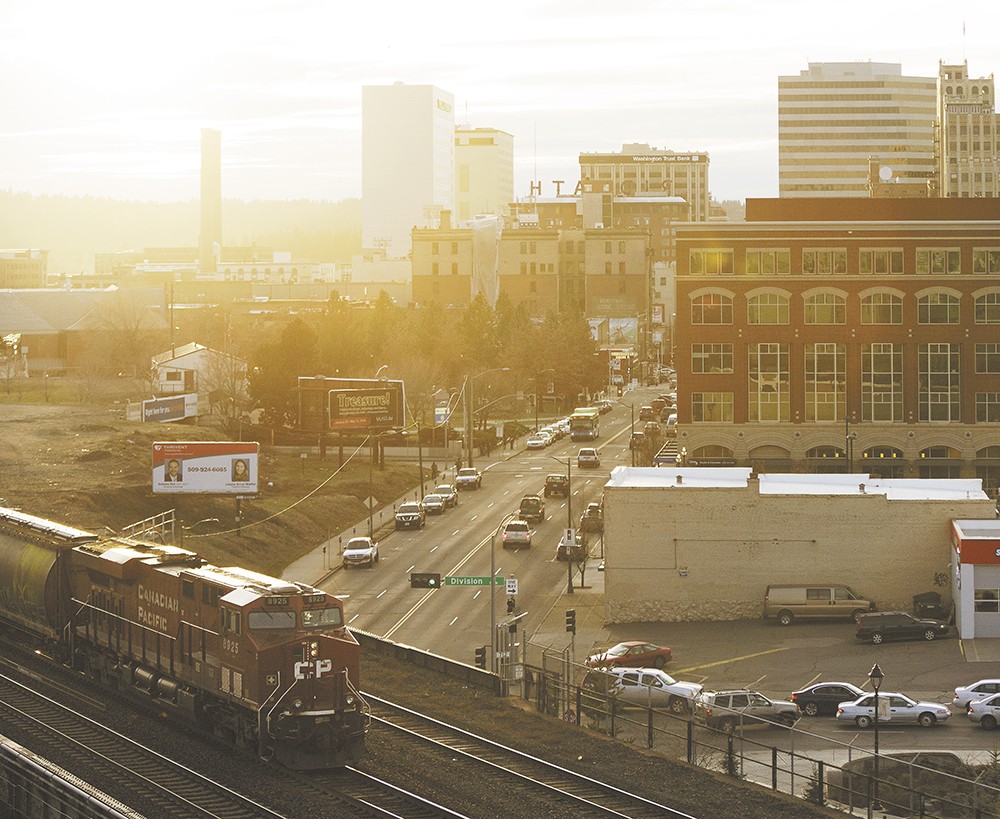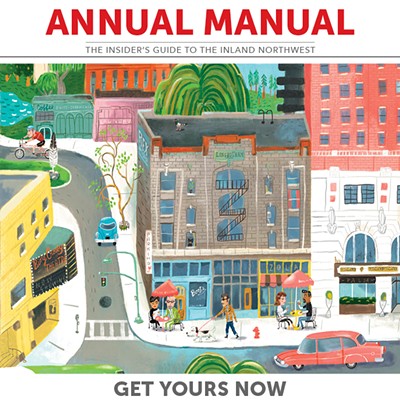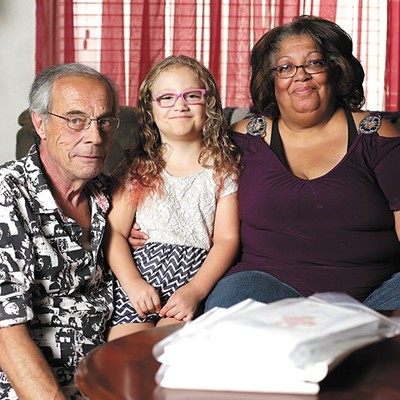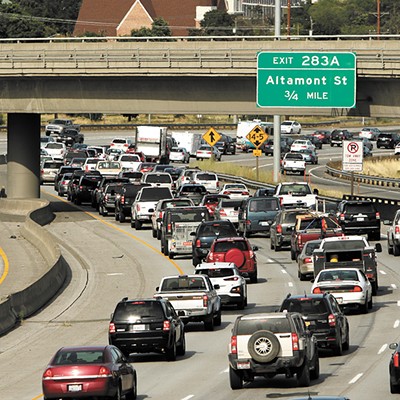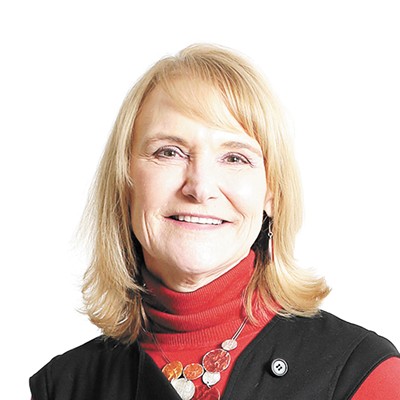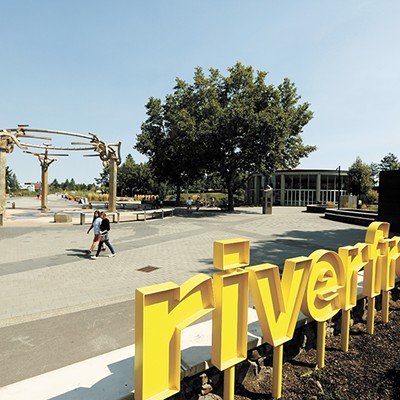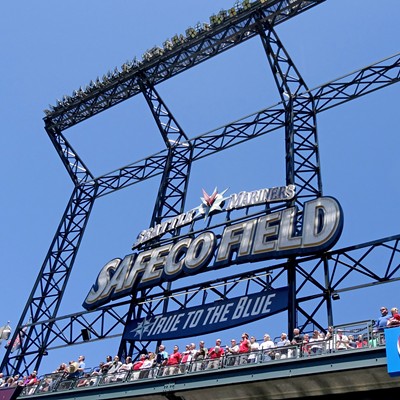Dan Spalding remembers the old days of downtown Spokane. Well, not the old days, necessarily, but about 20 years ago, when he first moved to his apartment in the building he owns on Main Avenue on the east side of downtown.
Once the downtown work crowd vacated on a weekday, the city was largely "left to the wolves," recalls Spalding, a local renaissance man known in the community as a visual artist and real estate developer, among other designations. These days, he doesn't even get a sideways look when he tells people he lives downtown.
Spalding, who owns six buildings in the downtown area, including residential units, says that having a contingent of people actually living in the city's core is vital to solidifying the ongoing and slow-burning process of propping up downtown Spokane.
"I feel like I've been preaching this for years, but I'm never sure who's listening. Just having the presence of residents downtown and visible makes an enormous difference. It gives a sense of pride of ownership," says Spalding.
According to the Downtown Spokane Partnership, a nonprofit organization that has advocated for the area since 1995, there are roughly 2,200 housing units in downtown. DSP estimates the addition of about 300 units per year for the next decade.
Developers and local government representatives are realizing the economic and cultural possibility that could result from an increased residential presence at the core of Spokane. They're hoping that a national trend of people and businesses gravitating toward downtown areas also is reflected in Spokane, giving a spark to an area that has long attempted to escape a downtrodden and dilapidated reputation.
The idea of people moving to a more condensed and urban area is hardly unique to Spokane.
"In the 51 largest metropolitan areas [in the U.S.], college-educated 25-to-34-year-olds are more than twice as likely than all residents of metro areas to live in close-in urban neighborhoods," writes economist Joe Cortright in a 2014 study for City Observatory, a think tank that investigates the factors contributing to the success of American cities.
Spokane City Council President Ben Stuckart, who has advocated for downtown housing, including affordable housing, during his council tenure, recently made a push for the city to do what it can to help someone turn the vacated Macy's building into a mix of residential units and street-level retail. Stuckart says that if the city is going to offer incentives to developers, they need to do it downtown. He has mentioned a specific tax increment financing district for downtown to help bring more development.
"The question is how much intervention can the city do. Can we offer more incentives?" says Stuckart. "If we're investing in incentives, it's got to be downtown, because density builds your tax base."
A key piece to creating a downtown housing movement is the Ridpath Hotel, now going on eight years of dormancy and fallen far from its days as a beloved downtown Spokane institution. There have been many false starts in the promise to bring back the building, the sign of which still illuminates the Spokane skyline, but nothing has materialized yet.
Spokane developer Ron Wells has long been part of this twisted ownership puzzle of the building, which was sold piecemeal in 2008. Wells still hopes to turn the building into 200 apartment units, many of which would be designated as affordable housing.
Wells has support on his side in the city council, which pledged last month to make Wells' company eligible for $1.75 million in federal housing loans, a deal a hotel project normally wouldn't be eligible for.
In addition to the possibility of the Ridpath, there are other projects in the works. Spalding says he hopes to announce a project of about 16 units in a new from-the-ground-up building sometime soon. Recently, it was announced that several floors of the former Spokane Chronicle building would be developed into apartments. There are other plans for the inclusion of apartments and condos in mixed-use remodels throughout downtown, as well as other housing units under construction just outside of downtown proper — near Gonzaga, in the Kendall Yards development, near the Spokane County Courthouse and elsewhere.
For longtime downtown advocates like Spalding, there's a feeling that now is the time to make this push for the center of the city.
"So many things hinge on that residential element," he says. "If there's not a minimum amount of people living down here, the other hopes for downtown don't fly."

